Health Benefits Of Pork Chops, Recipes, And Possible Risks
There is more good to this wholesome and delicious meat than we give it credit for!
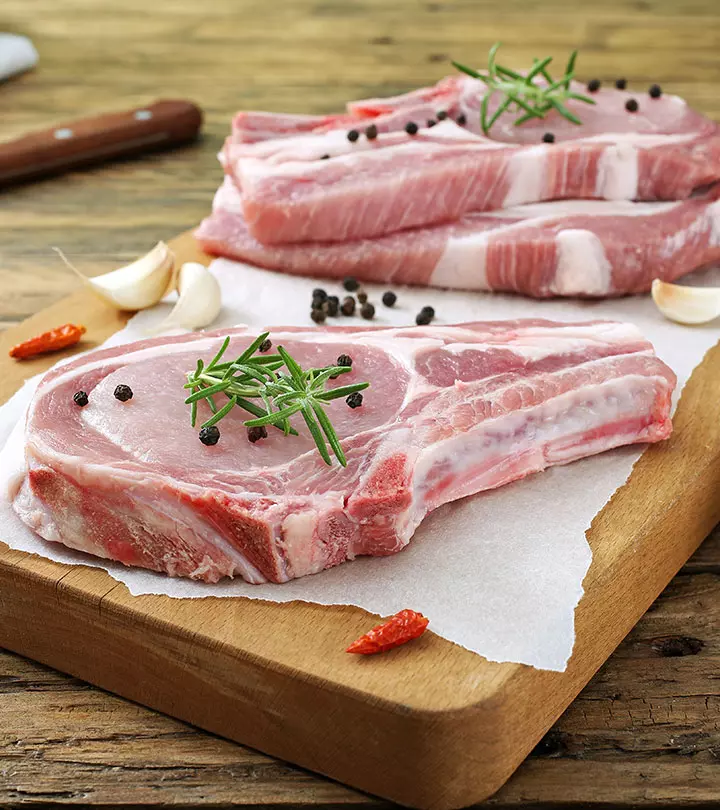
Image: Shutterstock
A pork chop is the most nutritious part of the pork. The benefits of pork chops include promoting cardiovascular health and weight management. They are high in protein and low in fat and calories. Pork chops are made by making perpendicular cuts along the pig’s spine. However, the amount of nutritional value will differ according to the cut and manner of cooking. This article discusses the nutrient profile, health benefits, and possible side effects of pork chops. Read on.
In This Article
Pork Chop Nutrition Facts
According to the U.S. Department of Agriculture, 1 pork chop (131 g) contains (1):
- Energy : 265 kcal
- Protein: 32.4 g
- Fat: 14.5 g
- Carbohydrate: 1.09 g
- Calcium: 10.5 mg
- Iron: 1.17 mg
- Magnesium: 31.4 mg
- Phosphorus: 355 mg
- Potassium: 533 mg
- Sodium: 76 mg
- Zinc: 3.04 mg
- Copper: 0.092 mg
- Manganese: 0.012 mg
- Selenium: 58.4 µg
This rich nutrient profile with high-quality protein, a wide variety of vitamins like thiamin, vitamin B6, and niacin, and minerals has many benefits. Learn in the following section how this popular cut of pork can help you avail the various pork benefits.
 Did You Know?
Did You Know?Key Takeaways
- Pork chops are high in protein and low in fat and calories. They also contain vitamins like thiamin, vitamin B6, niacin, and minerals.
- Pork chops contain all the essential amino acids necessary for the growth and maintenance of the body.
- They are also rich in omega-3 fatty acids that may lower triglyceride levels and reduce the risk of heart disease.
What Are The Health Benefits Of Pork Chops?
1. High In Protein And Protects The Bones
Did you know that every gram of protein intake gives you four calories? Every healthy adult should consume 0.8 gram protein per kilogram of body weight daily (2). Pork chops are high in protein. They contain all the essential amino acids that are necessary for the growth and maintenance of the body. By consuming 3 ounces of pork chop, women get 52% and men get 43% of the recommended daily intake of protein (1). This amount is equivalent to about 55 grams per day for an individual who weighs 150 pounds.
Including high-protein in your diet can help reduce the risk of sarcopenia (loss of skeletal muscle mass and function) (3). Pork chops are also rich in key vitamins and minerals, like vitamin D, calcium, zinc, and magnesium, which are vital for bone health (1), (4).
2. Helps Control Weight
Pork chops are high-protein foods and they can be considered helpful for weight loss. A pilot study conducted on 164 overweight adults found that regular consumption of fresh lean pork significantly reduces body weight (5). However, more studies are warranted to understand this benefit of pork chops.
3. Improves Heart Health
The presence of omega-3 fatty acids in pork chops is linked to heart health (6). Moderate consumption of omega-3 fats can lower triglyceride levels and reduce the risk of heart disease (7). They can also improve HDL cholesterol levels (8). However, more studies are required to prove these claims.
These are the health benefits of consuming pork chops. But, how do you include them in your diet? Here are some pork chops recipes you can try out.
Recipes To Try Out
1. Honey Garlic Pork Chops
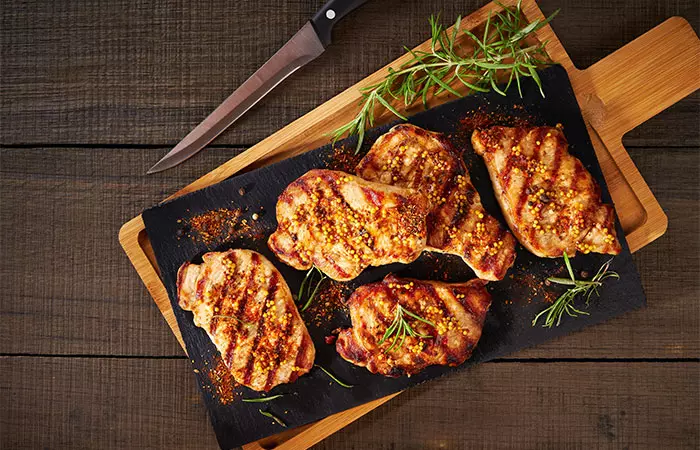
What You Need
- Pork chops (1-inch thick) – 6 (4 ounces)
- Low-sodium soy sauce – 2 tablespoons
- Crushed garlic – 2 cloves
- Honey – 2-3 tablespoons
- Sugar-free ketchup – ½ cup
Process
- Preheat the grill on medium heat and lightly oil the grate.
- Whisk the ketchup, honey, soy sauce, and crushed garlic together in a bowl to make a glaze.
- Sear the pork chops on both sides on the preheated grill.
- Lightly brush glaze on each side of the chops as they cook.
- Grill the pork chops until they are no longer pink in the center (about 7 to 9 minutes per side).
2. Juicy Skillet Pork Chops
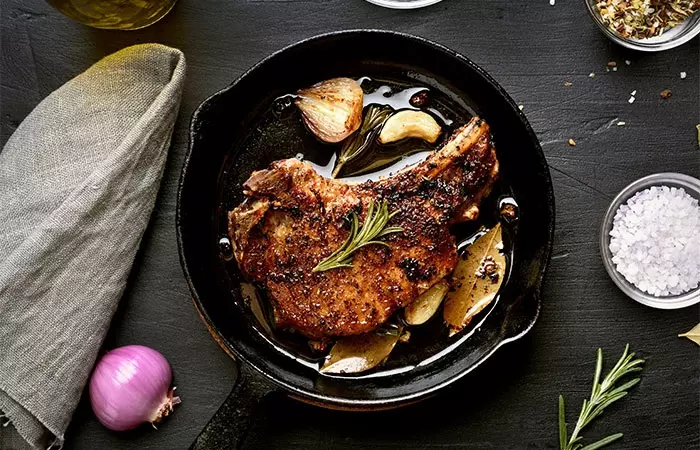
What You Need
- Pork chops – 4 (about 1-inch thick and 6 to 7 ounces each)
- Low-sodium chicken stock – 1 cup
- All-purpose flour – 1 tablespoon
- Smoked paprika – ½ teaspoon
- Chilli powder – 1 teaspoon
- Black pepper – ½ teaspoon
- Garlic powder – 1 teaspoon
- Olive oil – 1 tablespoon
- Onion powder – 1 teaspoon
- Butter – 1 tablespoon
- Honey or brown sugar – 2 teaspoons
- Apple cider vinegar – 1 tablespoon
- Chopped fresh parsley – 2 tablespoons
- Salt – to taste
Process
- Season the pork chops on both sides with salt and pepper. Use less than 1/4 teaspoon of fine salt per pork chop.
- Set the chops aside to rest for 30 minutes.
- Meanwhile, make the spice rub. In a small bowl, mix the flour, chili powder, garlic powder, onion powder, and smoked paprika.
- After 30 minutes, use a paper towel to pat the pork chops dry, then rub both sides of the chops with the spice rub.
- Heat the oil in a medium skillet (with lid) over medium-high heat.
- As soon as the oil is hot and looks shimmery, add the pork. Cook until golden, 2 to 3 minutes.
- Flip the pork chops so that the seared sides are facing up.
- Reduce the heat to low, then cover the skillet with a lid and cook for 6 to 12 minutes.
- Transfer the pork chops to a plate and cover them loosely with aluminum foil.
- Let the pork rest for 5 minutes before serving.
3. Bacon And Mushroom Smothered Pork Chops
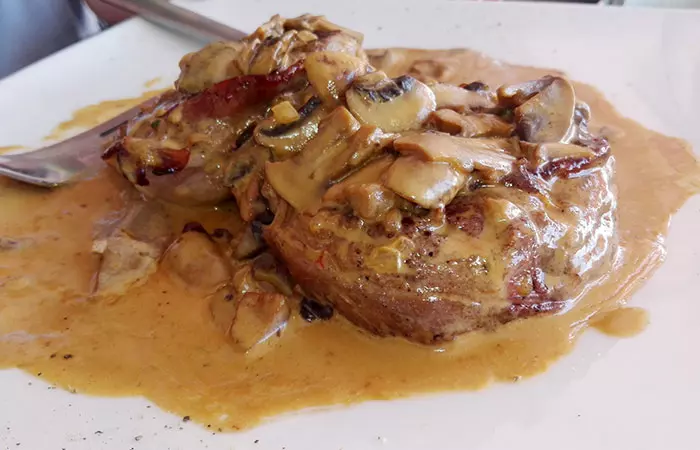
What You Need
- Boneless pork chops – 3 or 4
- Bacon – 6 strips (uncooked)
- Mushrooms – 8 oz.
- Garlic cloves – 2
- Fresh thyme – 5 springs
- Flour – 2 tablespoons
- Heavy cream – ½ cup
- Chicken broth – 2/3cup
- Olive oil – 1 tablespoon
- Salt and pepper – to taste
Process
- Chop the bacon into bite-size pieces. In a large skillet, cook them on medium heat until they are Remove the bacon from the pan to a plate, leaving the fat in the pan.
- Season the pork chops with salt and pepper. In the same pan, on high-medium heat, cook the pork chops for 4 minutes on each side in bacon fat, until nicely seared.
- Reduce heat to medium midway through cooking.
- Transfer the pork chops to a plate.
- Add sliced mushrooms and minced garlic to the same pan. If needed, add onetablespoon olive oil.
- Season with salt. Sprinkle with fresh thyme leaves.
- Cook on medium heat for about 5 minutes, until the mushrooms soften and release juices.
- Sprinkle twotablespoons of flour all over the mushrooms and stir it in on medium heat.
- Add the chicken broth and raise the heat to bring it to a boil while constantly stirring. You should have a smooth slurry from the flour and the chicken broth.
- Add the heavy cream and stir it in until everything is smooth. Then reduce the heat to low.
- Add the pork chops and bacon back to the pan. Cover the pan with a lid and cook on low heat until the pork chops are cooked through.
- To serve, top the pork chops with the mushroom and bacon mixture and more fresh thyme leaves.
4. Panko Crusted Pork Chops
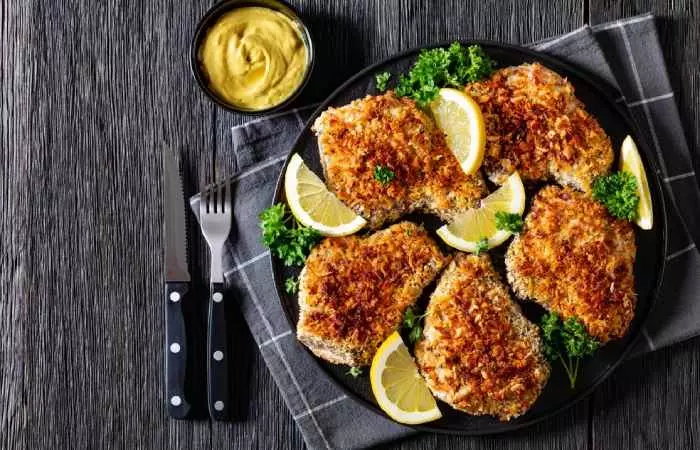
What You Need
- Thick-cut Pork Chops
- Breadcrumbs
- Eggs
- Flour
- Seasonings
Process
- Begin by coating each pork chop thoroughly in flour.
- Dip the floured chops into beaten eggs, ensuring even coverage.
- Generously coat the chops with Panko Breadcrumbs, pressing gently to adhere.
- Heat a skillet with oil over medium-high heat.
- Place the coated pork chops in the skillet, cooking each side until golden brown and crispy.
- Alternatively, preheat the oven and bake the chops on a prepared baking sheet for a healthier option.
- Once cooked, transfer to a plate lined with paper towels to absorb excess oil.
- Serve these Panko Crusted Pork Chops hot.
 Quick Tip
Quick TipThese are some easy recipes for pork chops. But, are there any side effects of eating pork chops? Scroll down to find out in detail.
What Are The Side Effects Of Eating Pork Chops?
Eating pork chops in moderation is considered safe. However, red meats that are overcooked at high temperatures may contain carcinogenic substances such as heterocyclic amines (9), (10). Hence, consume adequately cooked pork chops in moderation. They make for an excellent addition to a healthy diet and do not increase the risk of cancer.
Ensure you have pork chops in moderation by balancing them with other lean protein sources like chicken and legumes. The way you cook your meat chops is also important, as frying any food can increase its unhealthy fat content and lead to cardiovascular risk (11).
Eating raw or undercooked meat may cause human parasitic infections (12). Also, uncooked pork may cause parasitic roundworms (Trichinella) with symptoms like heartburn, stomach pain, diarrhea, and nausea (13). Toxoplasma gondii is another parasite that can weaken your immune system (14).
While buying organic pork chops from a meat shop or grocery store, you should remember some important points. Scroll down to know what to look for.
How To Buy Good Pork Chops
1. Choose Pork Chops By Cut
There are several different cuts in pork chops. Most of them come from the loin portion, which runs from the hip to the shoulder. They are high in fat and dark in color with good flavor. The most common chops you will find are rib and pork tenderloin.
2. Opt For Rib Chops For Lean Meat
You can choose rib chops for lean meat and mild flavor. Since these cuts are very lean, they cook easily. There will be one bone running along the side of this cut, which is often covered by a thin layer of fat.
3. Choose Pork Chops With Marbling
Ensure there is some marbling (veins of white fat) on the chops. Also, they should be pinkish-red in color and have no yellow fat on the meat.
Learn how to store pork chops in the next section.
How To Store Pork Chops
It is best to cook and eat pork chops soon after buying them. They last up to two to four days when you store them in the refrigerator. If you want to freeze them, wrap them in freezer wrap before doing so. Frozen pork chops last up to six months. Also, they should be heated to an internal temperature of 145°F to ensure safety.
Note: Frozen pork chops should be thawed in the refrigerator, and not at room temperature, before cooking.
Pork chops are highly-nutritious lean red meat. They are a great source of protein and are easy-to-cook food items. The many benefits of pork chops can be attributed to various vitamins and minerals. The intake of pork chops may protect bones, control body weight, and improve heart health. You can prepare many recipes with pork chop easily at home. However, overly cooked red meats at high temperatures may contain carcinogenic substances. Hence, include it into your diet, eat it in moderation, and enjoy its benefits.
Frequently Asked Questions
Are pork chops healthier than beef?
Yes. Pork chops have an edge over beef as they have more protein and less fat (1), (15).
Which is healthier: pork chops or chicken?
Chicken is healthier. It has less fat and richer mineral content (1), (16).
Pork chops can be nutritious and delicious addition to your diet. Check out this video to learn how to make a sumptuous yet quick and easy dish out of pork chops, garlic and honey.
References
Articles on StyleCraze are backed by verified information from peer-reviewed and academic research papers, reputed organizations, research institutions, and medical associations to ensure accuracy and relevance. Read our editorial policy to learn more.
- Pork, fresh, blade, (chops), boneless, separable lean and fat, cooked, broiled
https://fdc.nal.usda.gov/fdc-app.html#/food-details/168380/nutrients - Dietary protein intake and human health
https://pubmed.ncbi.nlm.nih.gov/26797090/ - Role of dietary protein in the sarcopenia of aging
https://pubmed.ncbi.nlm.nih.gov/18469288/ - Essential nutrients for bone health and a review of their availability in the average north american diet
https://pmc.ncbi.nlm.nih.gov/articles/PMC3330619/ - Effects of Eating Fresh Lean Pork on Cardiometabolic Health Parameters
https://www.ncbi.nlm.nih.gov/pmc/articles/PMC3407990/ - Pork, fresh, loin, top loin (chops), boneless, enhanced, separable lean only, cooked, pan-broiled
https://www.self.com/ - A fish a day, keeps the cardiologist away! – A review of the effect of omega-3 fatty acids in the cardiovascular system
https://www.ncbi.nlm.nih.gov/pmc/articles/PMC3712371/ - Overview of Omega-3 Fatty Acid Therapies
https://www.ncbi.nlm.nih.gov/pmc/articles/PMC3875260/ - A prospective study of meat, cooking methods, meat mutagens, heme iron, and lung cancer risks
https://pubmed.ncbi.nlm.nih.gov/19369370/ - Mechanistic Evidence for Red Meat and Processed Meat Intake and Cancer Risk: A Follow-up on the International Agency for Research on Cancer Evaluation of 2015
https://pubmed.ncbi.nlm.nih.gov/30376922/ - Fried food consumption and cardiovascular health: A review of current evidence
https://pmc.ncbi.nlm.nih.gov/articles/PMC4632424/ - Pork as a source of human parasitic infection
https://pubmed.ncbi.nlm.nih.gov/23402388/ - Trichinella Spiralis
https://pubmed.ncbi.nlm.nih.gov/30860746/ - Human immunity to Toxoplasma gondii
https://www.ncbi.nlm.nih.gov/pmc/articles/PMC6907746/ - Beef ground 85% lean meat / 15% fat raw (Includes foods for USDA’s Food Distribution Program)
https://fdc.nal.usda.gov/fdc-app.html#/food-details/171796/nutrients - [HISTORICAL RECORD]: CHICKEN BREAST
https://fdc.nal.usda.gov/fdc-app.html#/food-details/483874/nutrients
Read full bio of Mary Sabat
Read full bio of Sindhu Koganti
Read full bio of Ravi Teja Tadimalla
Read full bio of Payal Karnik






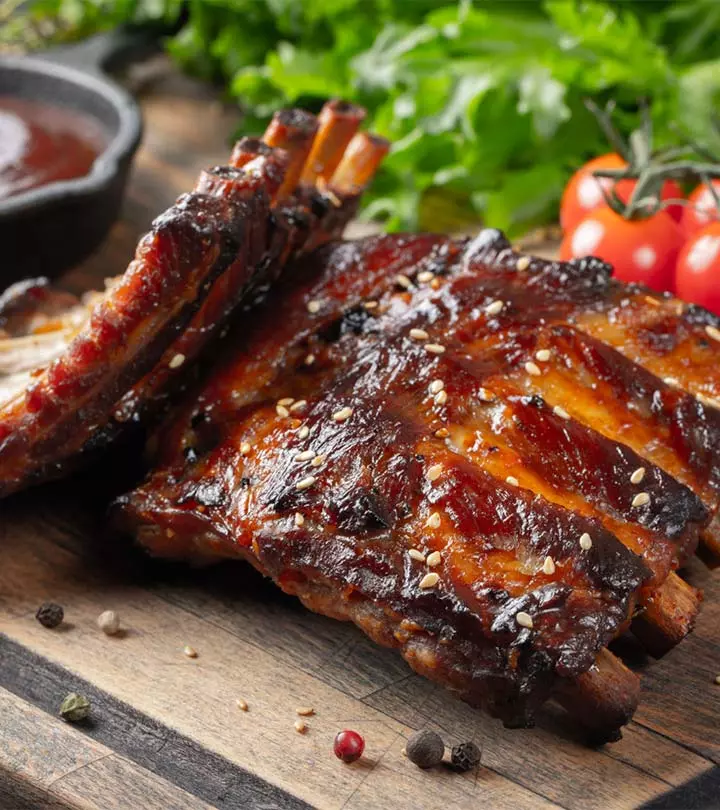
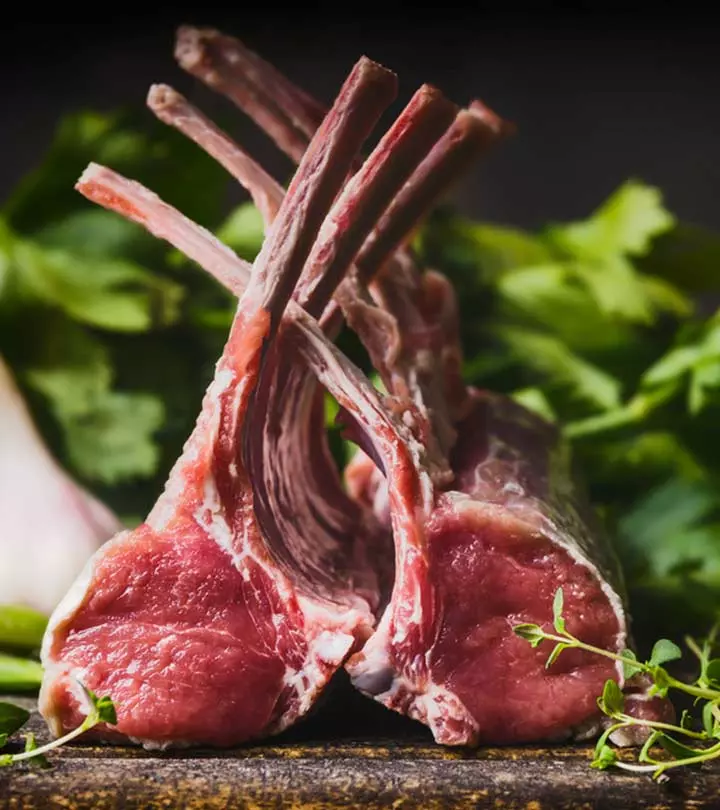
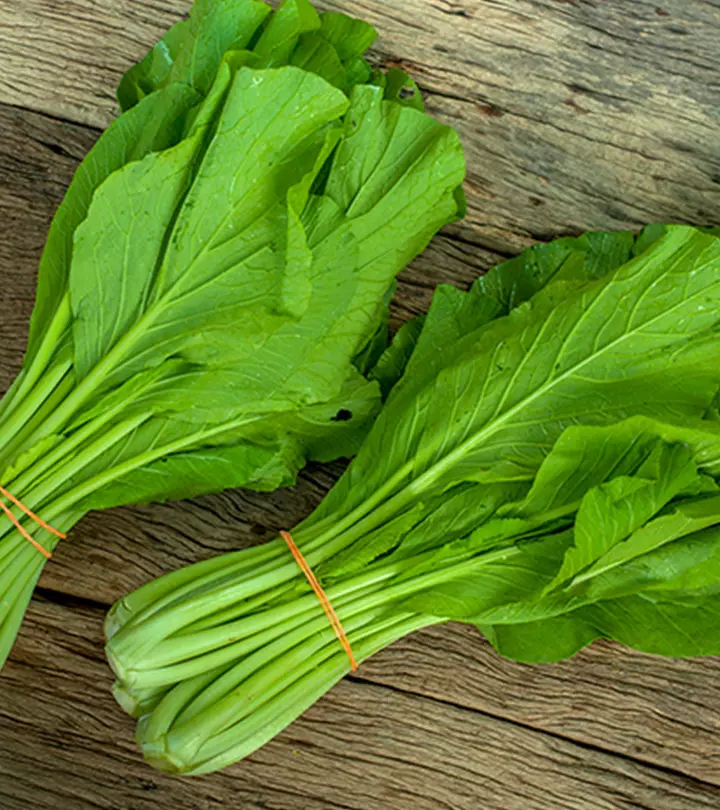
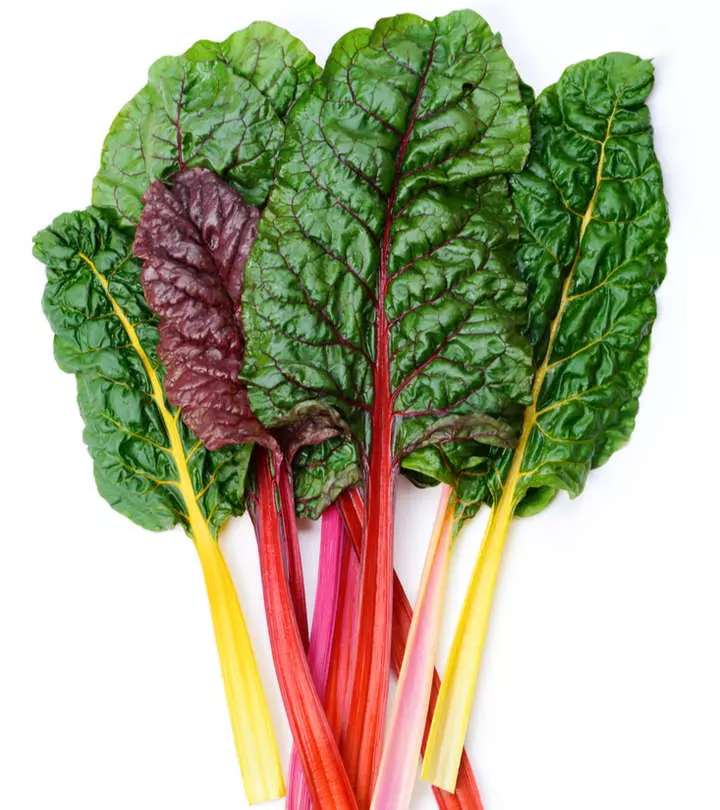
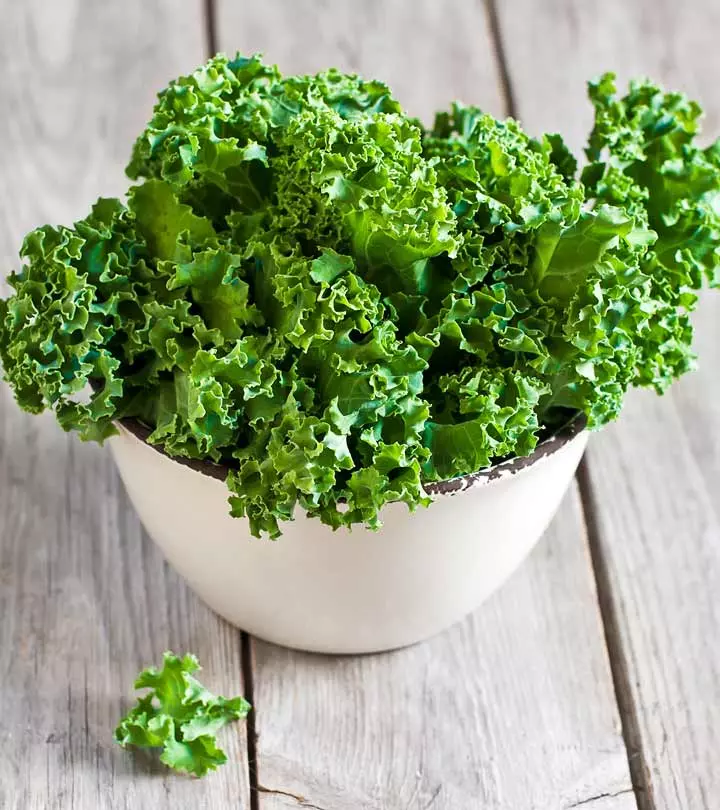
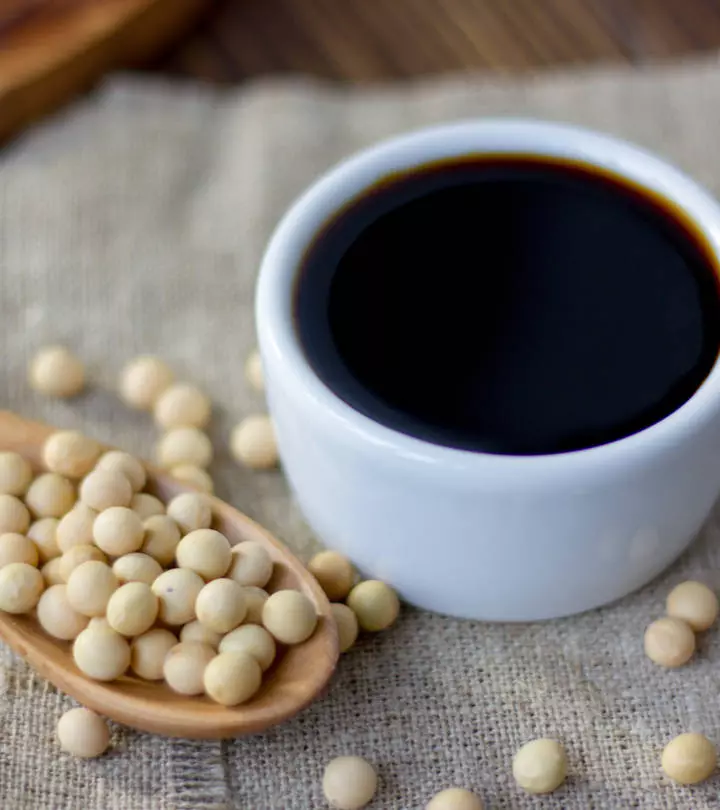
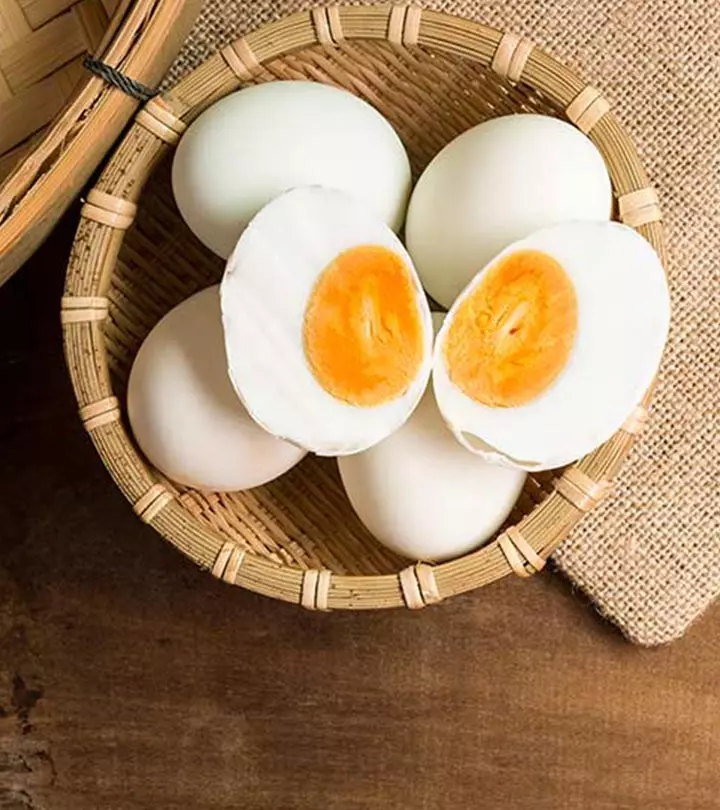

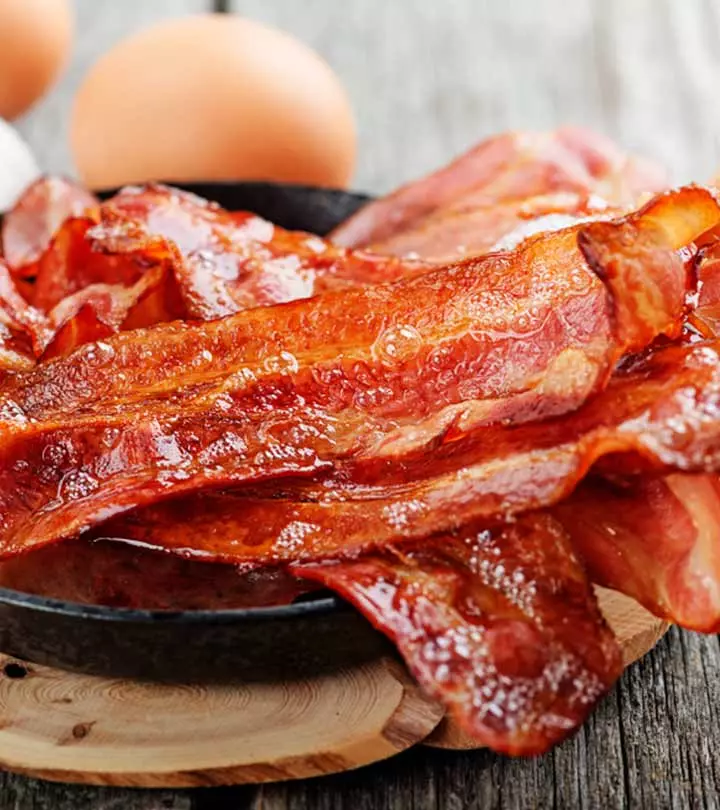
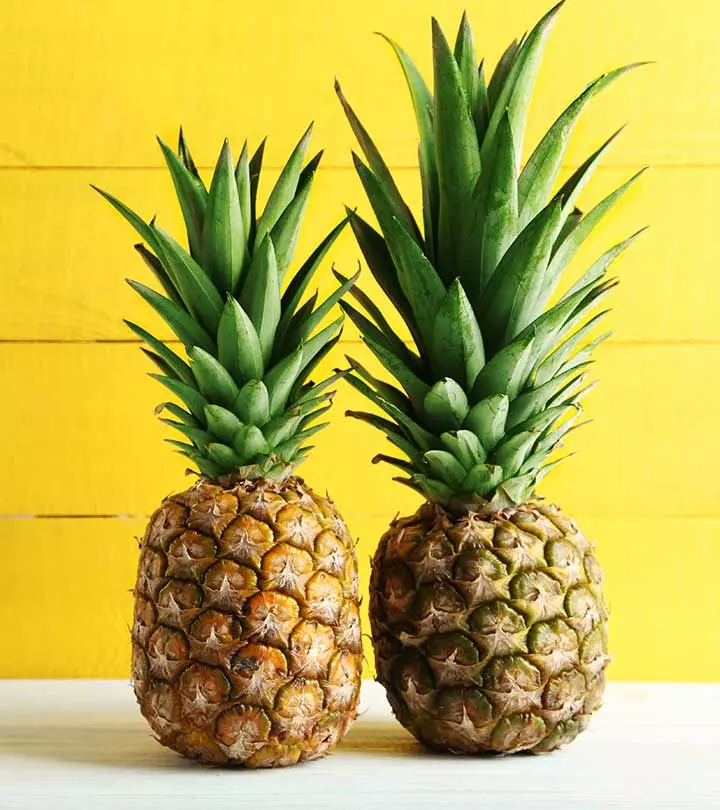
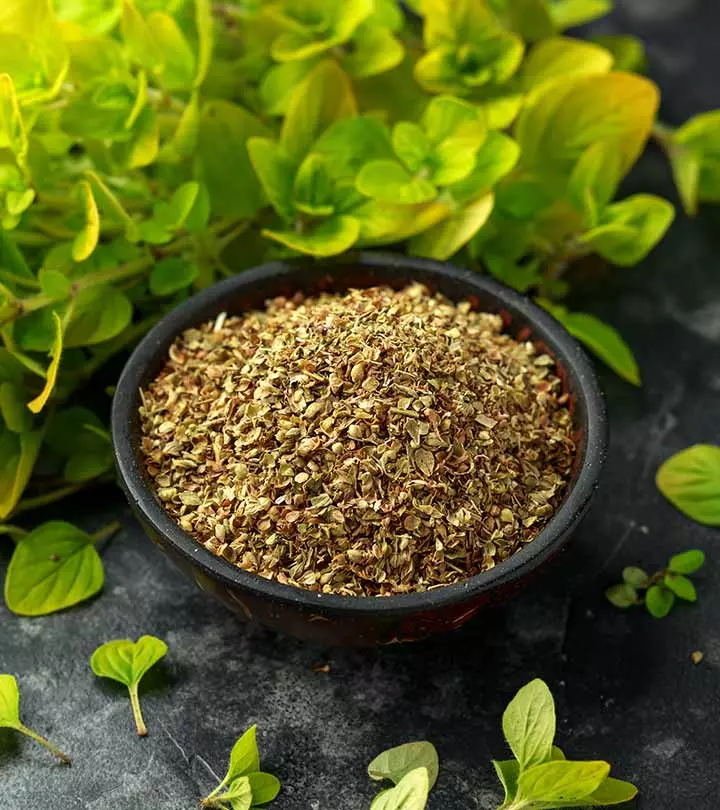
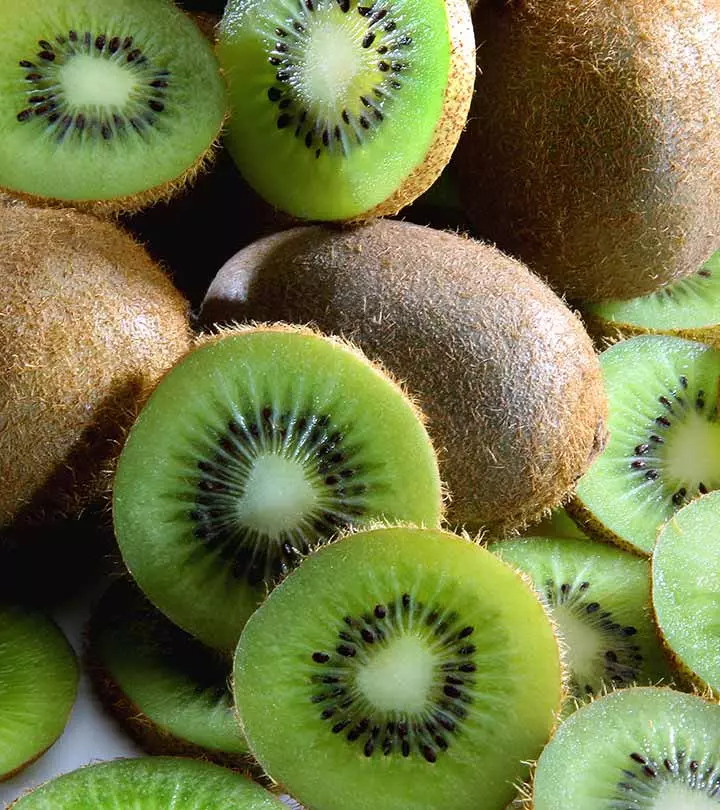

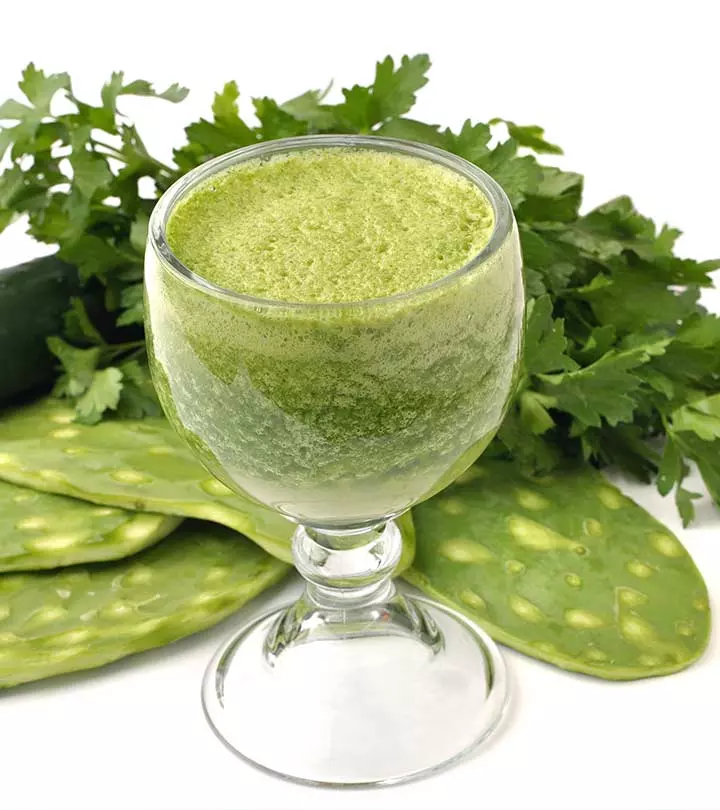
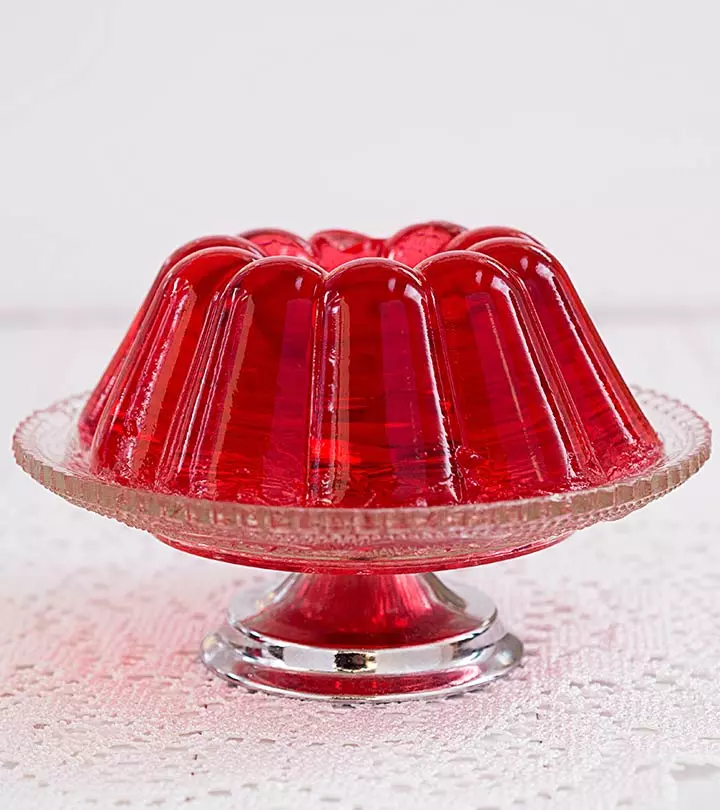

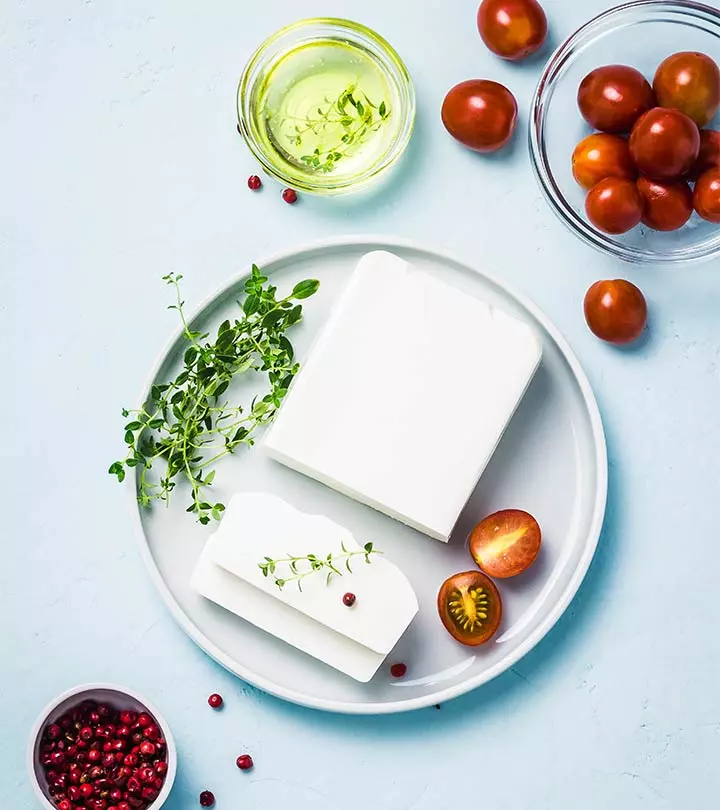
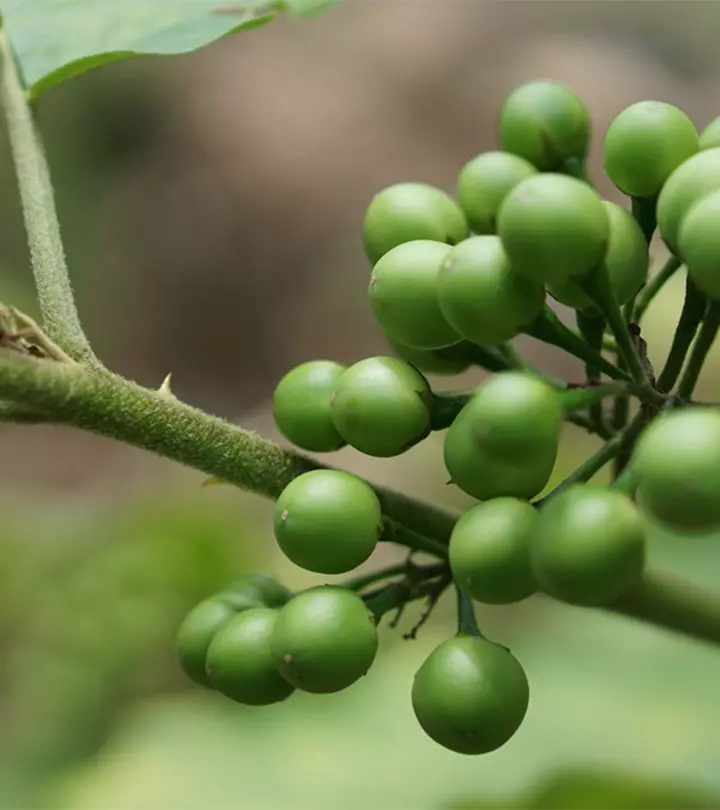
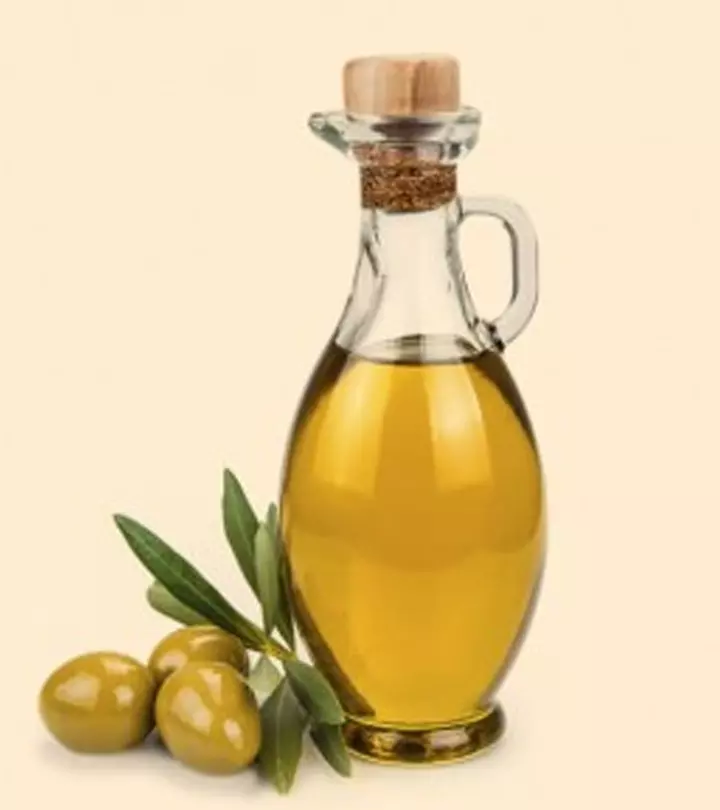
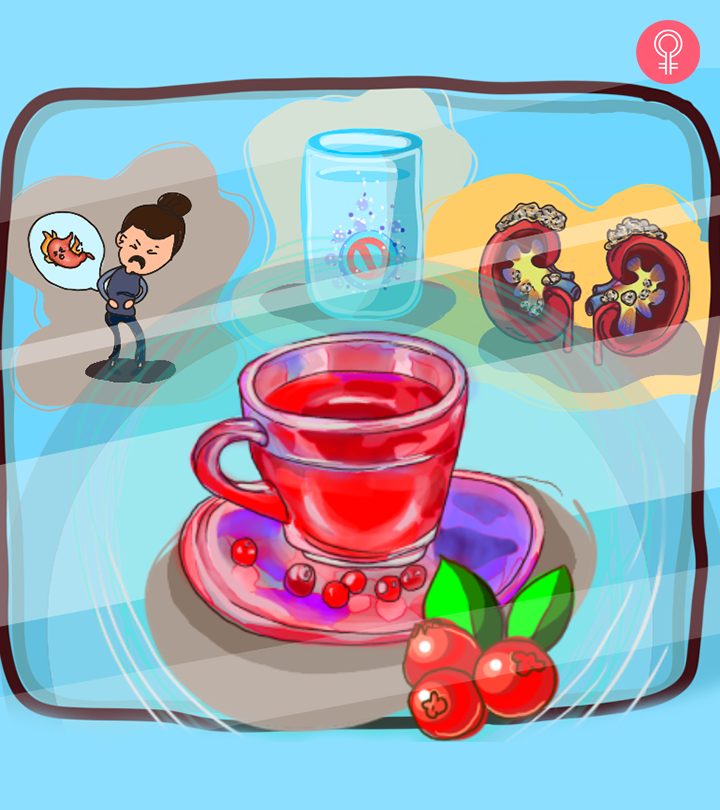
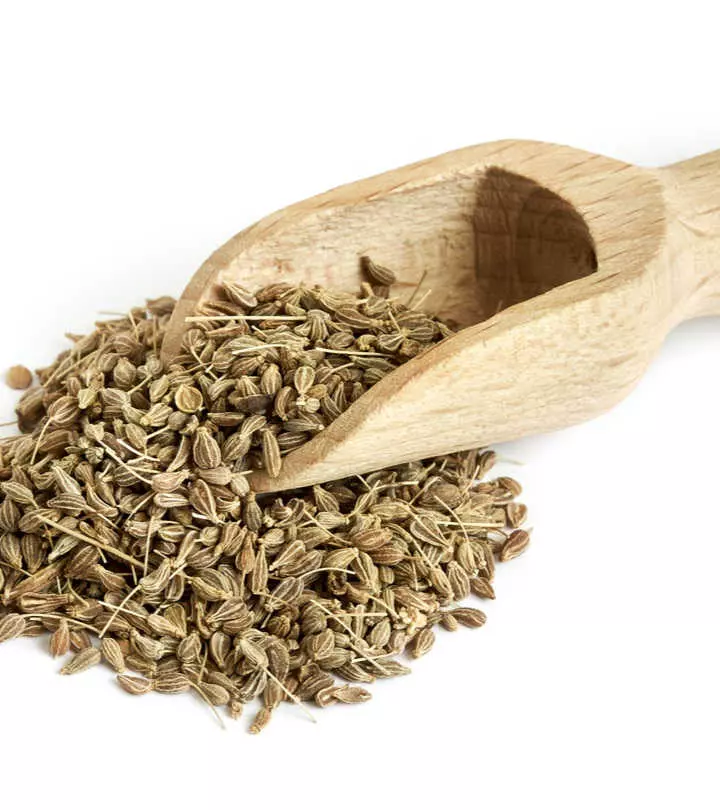
Community Experiences
Join the conversation and become a part of our empowering community! Share your stories, experiences, and insights to connect with other beauty, lifestyle, and health enthusiasts.